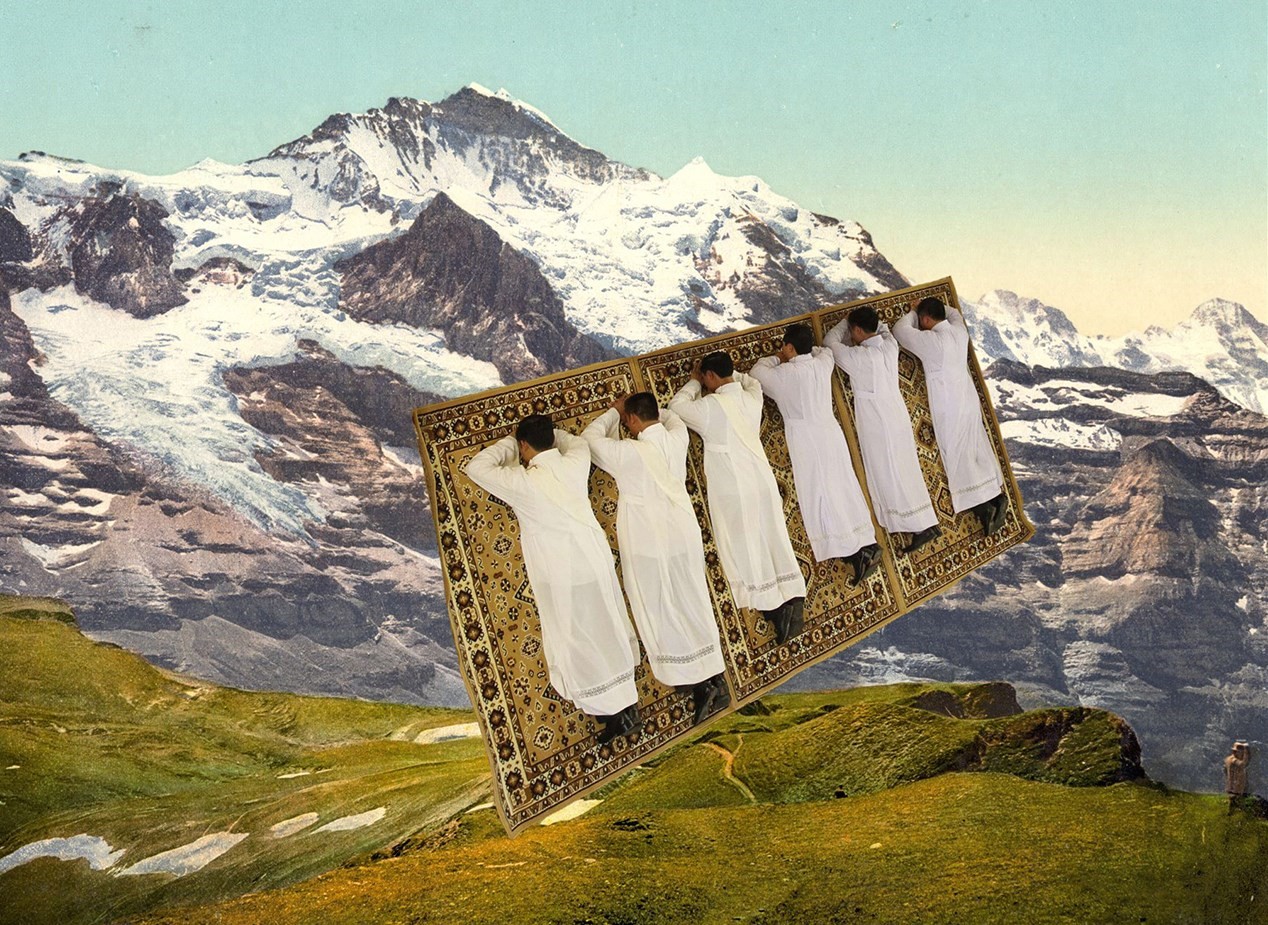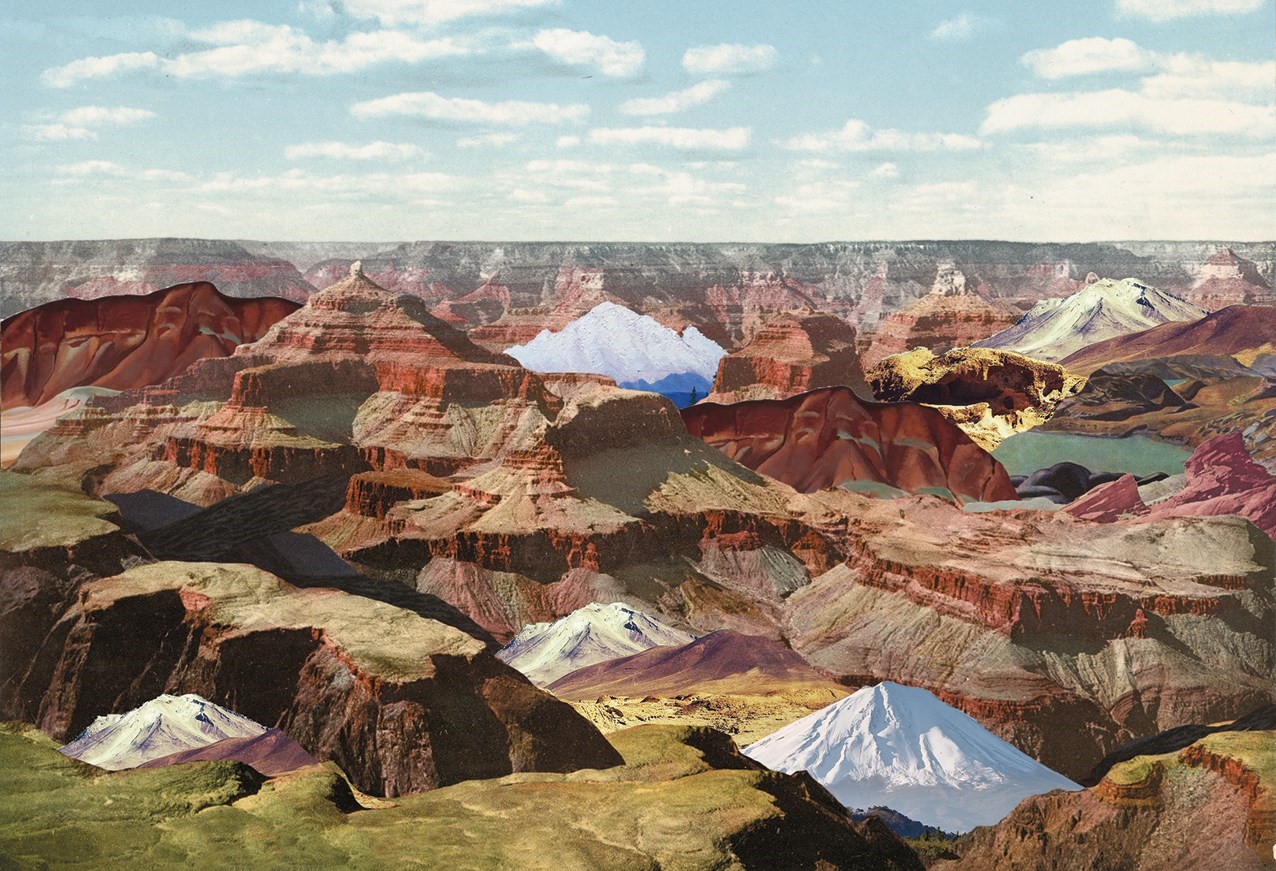Can you briefly talk about how the collective come together and what is your aim with it?
The collective was founded by Camille Lévêque in the summer of 2014 after long discussions with Lila Khosrovian and Anna Hahoutoff about art networks, visibility, and the difficulty of working alone. For some of us, who were just coming out of education, we were entering the working world without extensive experience, strong portfolios or good professional connections. By working through this together, we grew into a strong and united team. Even when our work differs, our approach, analysis and taste are usually in tune with one another. Sharing a platform allows us to show our work to a broader audience and the dynamic of the group also helps us to try out new mediums. We all have different strengths, so we are able to help each other with writing, editing, translation, Photoshop, and other technicalities. It was important for us to create a platform where artists from very different backgrounds can produce works that communicate smoothly and shed some light on countries that are under-represented, such as Armenia, Russia and Ukraine. We have big ambitions as a collective but hope to grow individually too, thanks to the group dynamic.
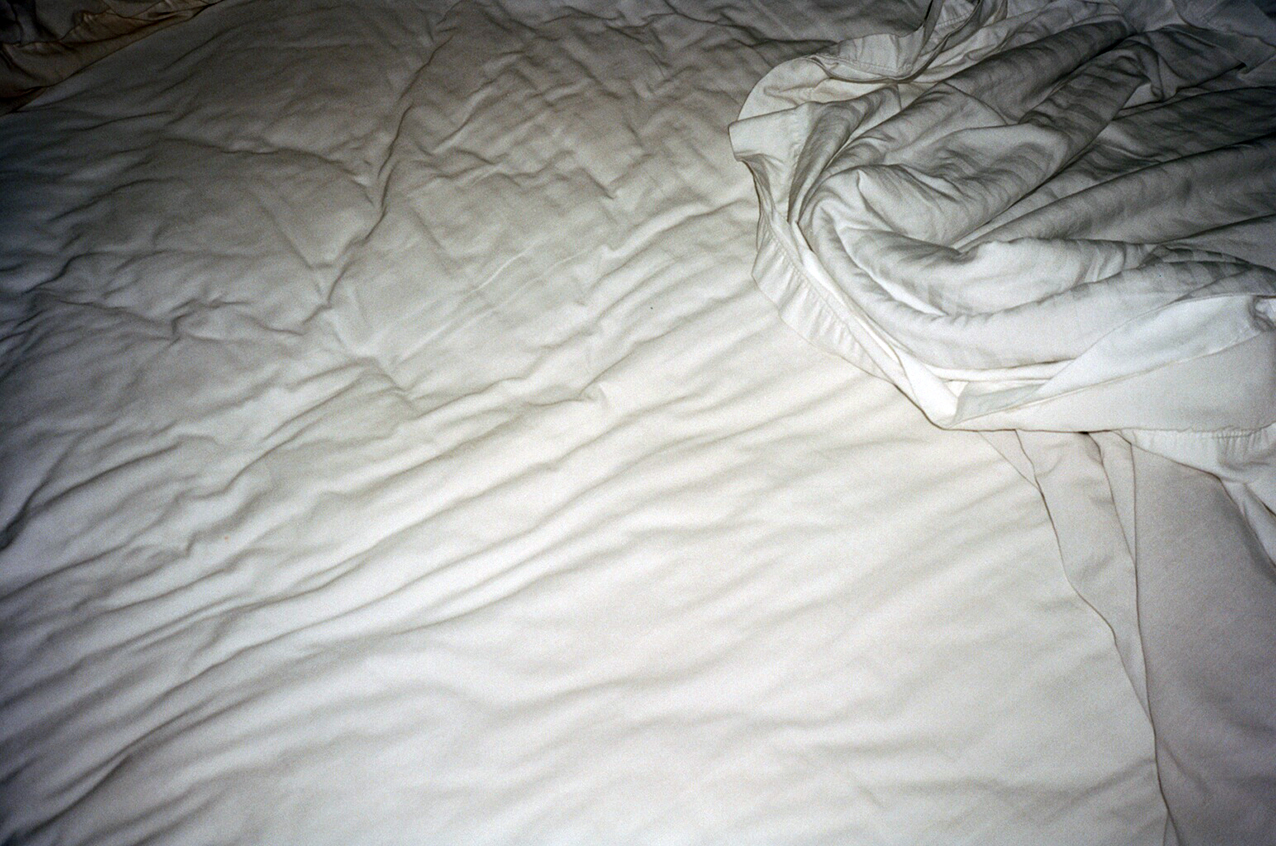
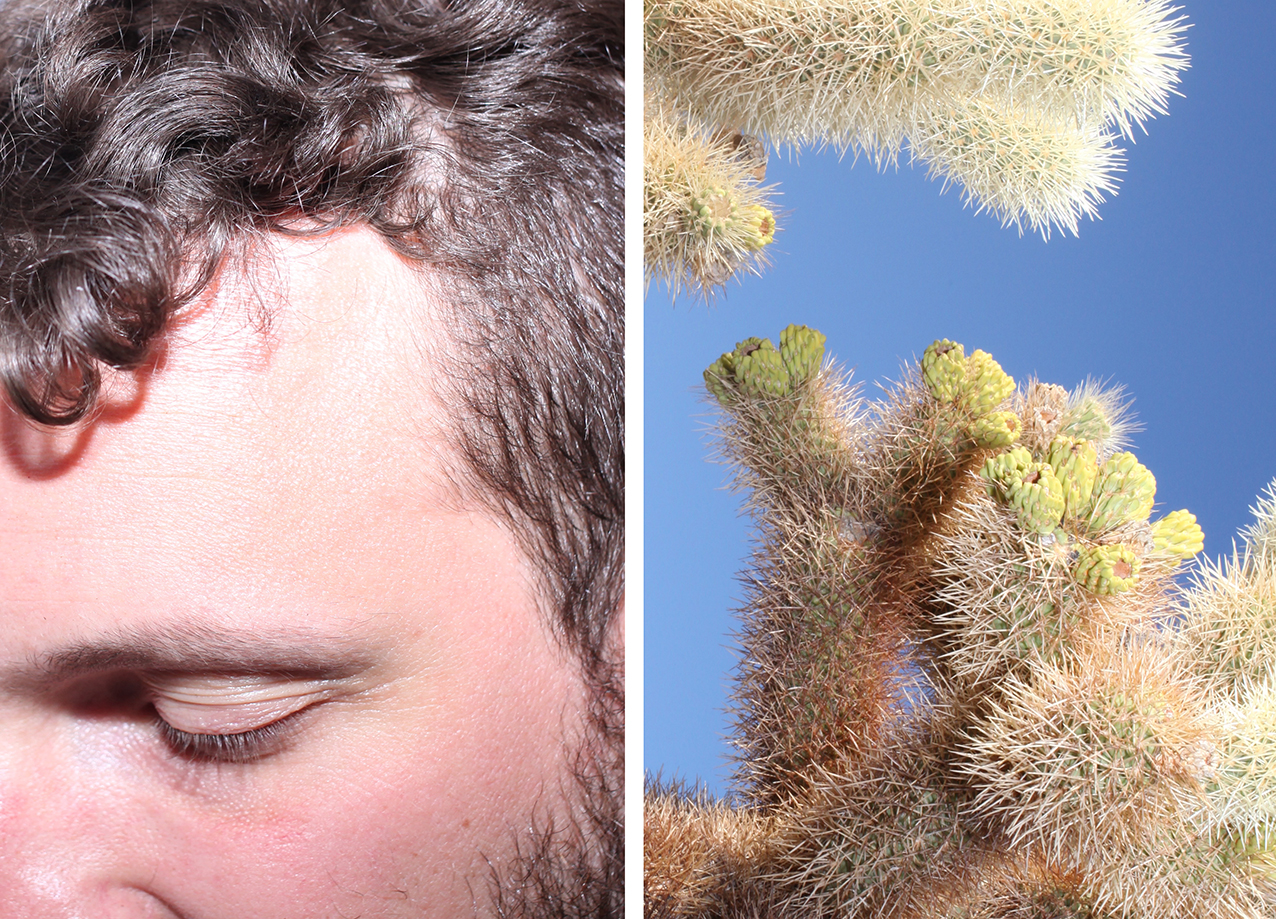
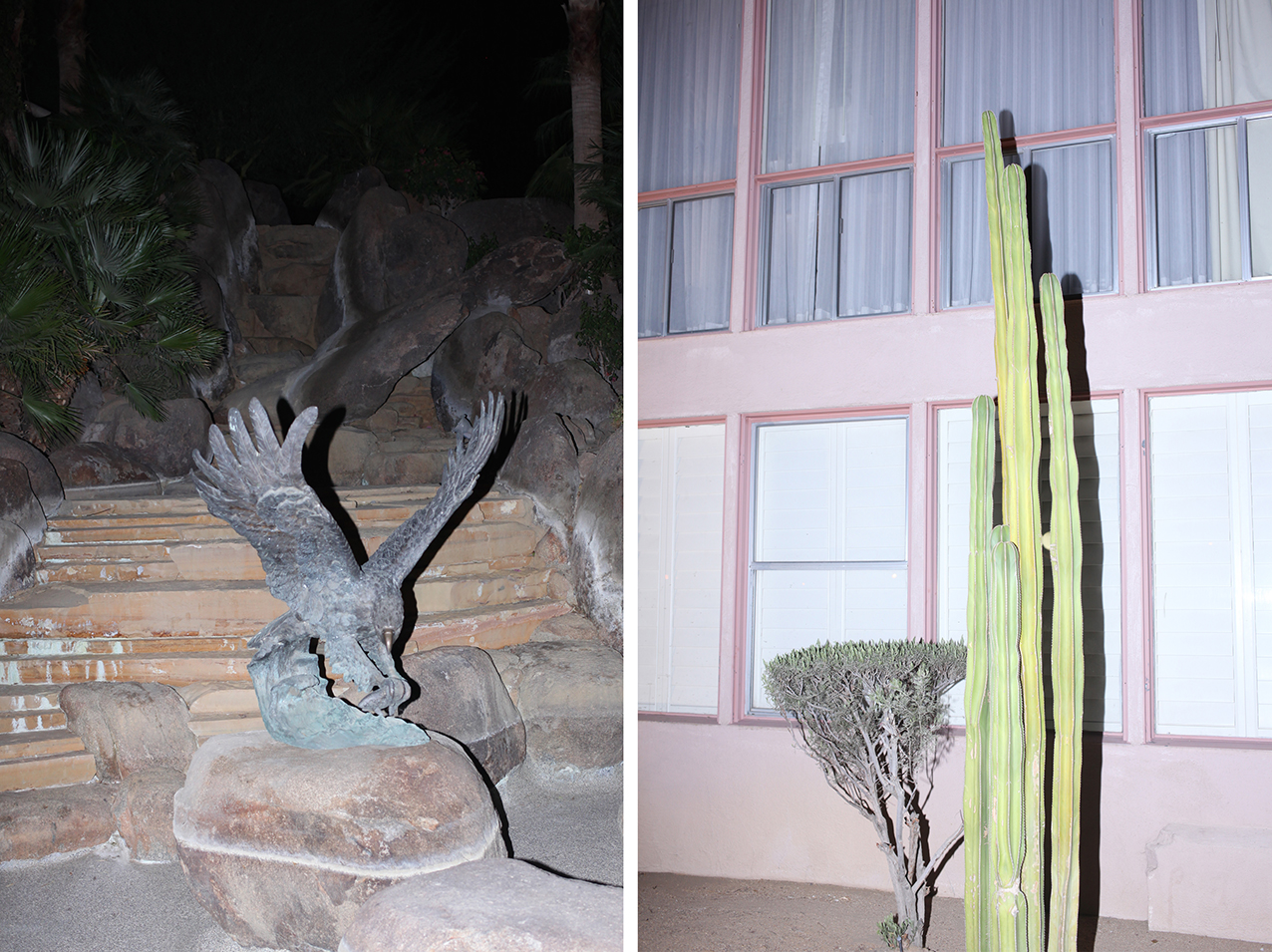
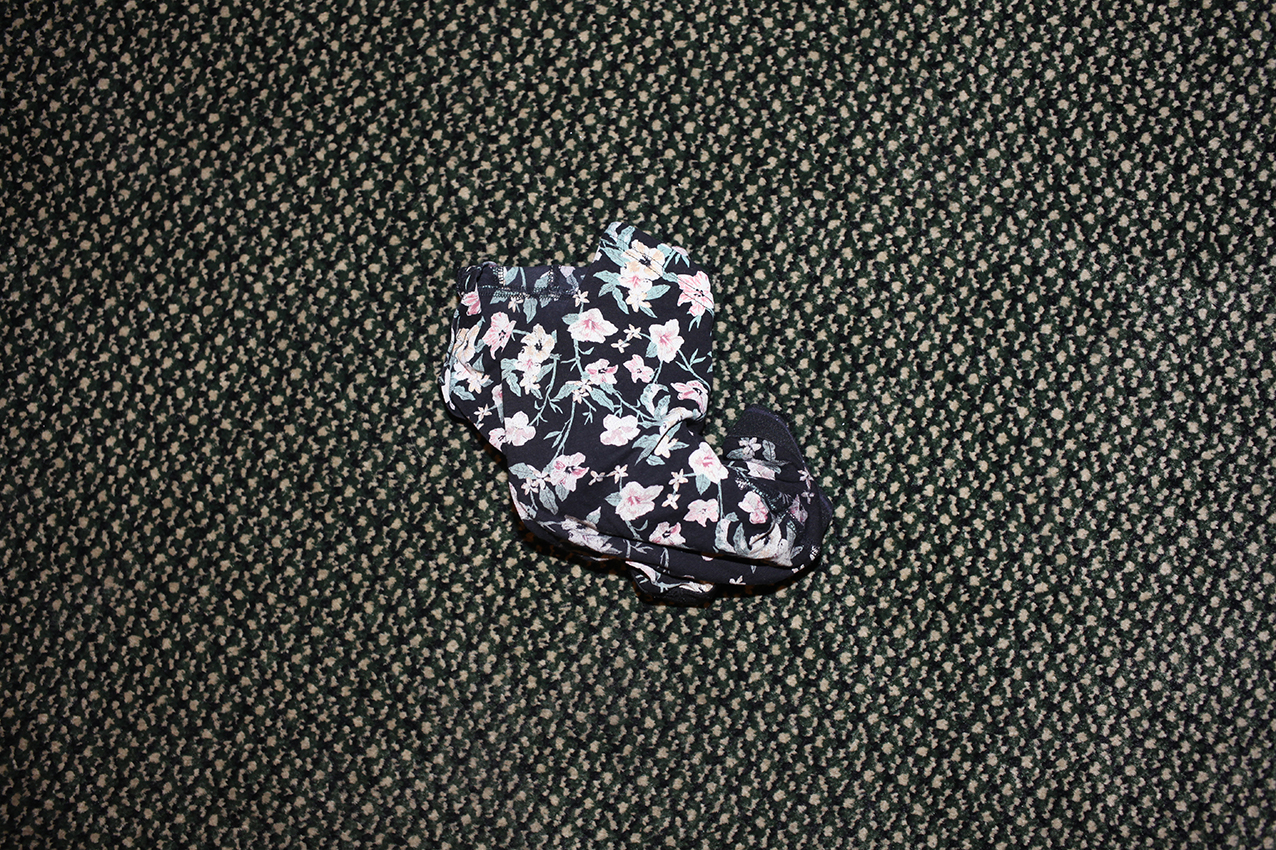
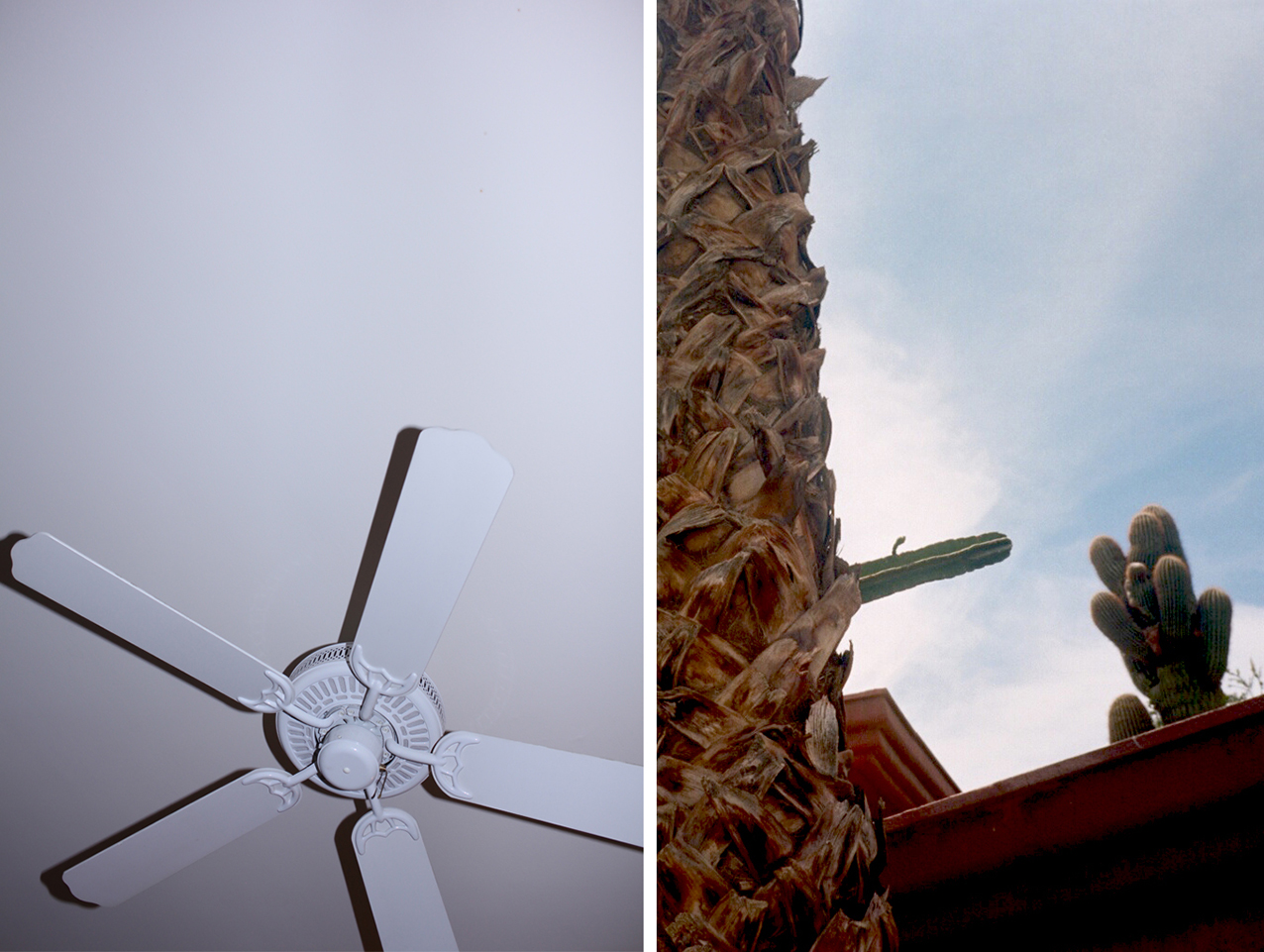
You are using the Internet as an exhibition venue. As we have read it, you had never met in one place at the same time. So, the collective's itself uses the internet not only for an exhibition venue but also as a meeting, project review and discussion place. How does it affect your production process and cooperation? Could you please mention it's pros and cons?
This is more true for the beginning of our practice. Since 2014, we've lived mostly offline actually, and though it is tricky to all reunite at the same place at the same time, we all know each other quite well, as we're friends and relatives. The Internet does remain a sort of meeting spot, through which we communicate and share ideas and data. So, though it is quite limiting sometimes it pushes us to find new ways of communication and display ideas.
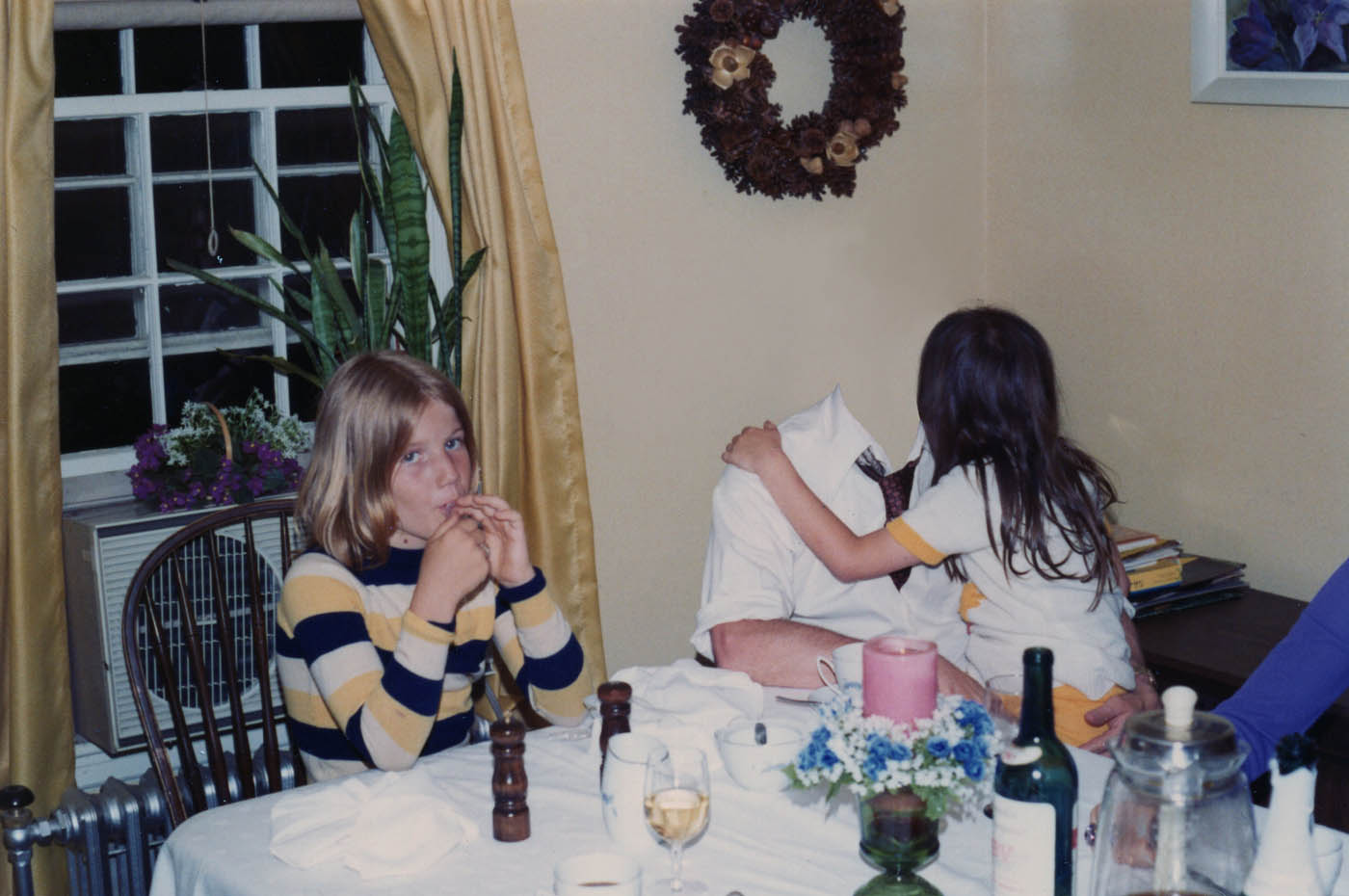
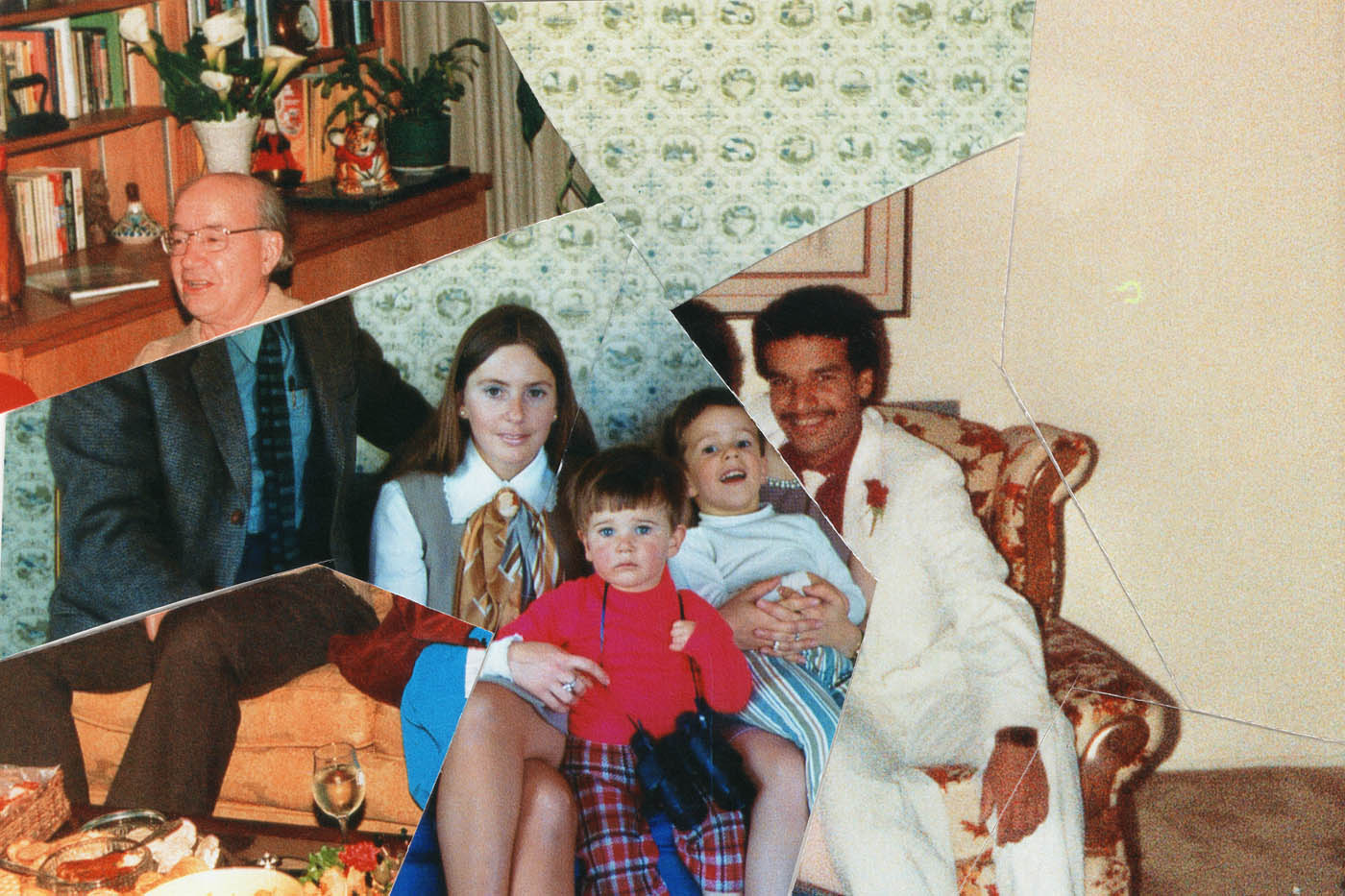
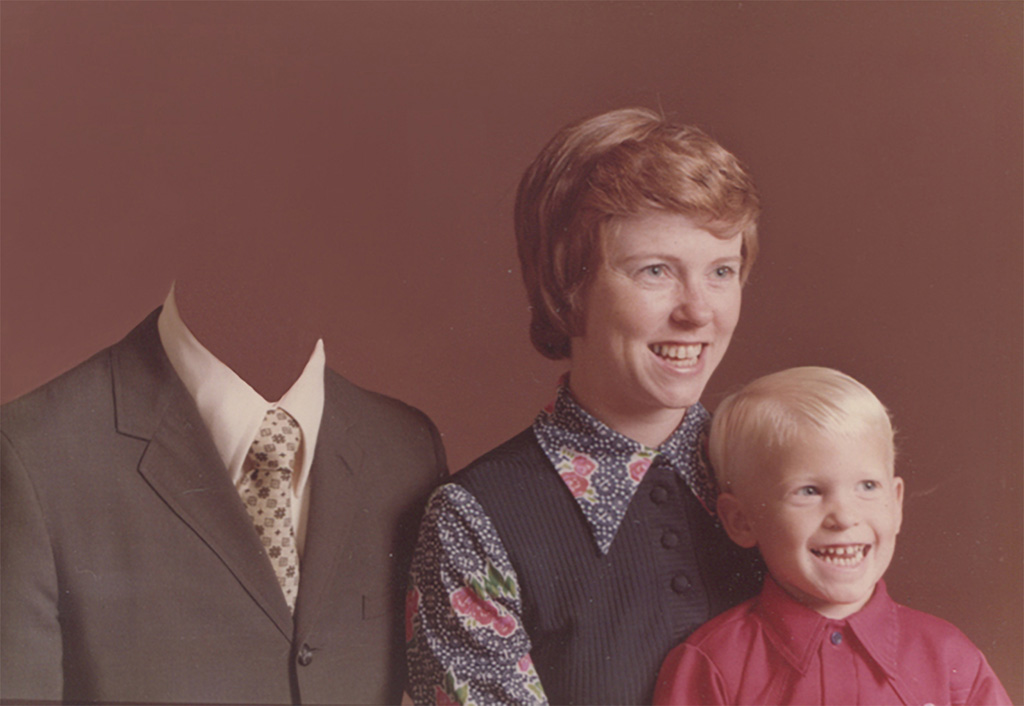
The Internet gives the highest opportunity for the production and circulation of art. Anyone who has access to the internet can reach, save, and share without giving credit to the original owner. This is fruitful for the production process but also creates an ambiguity. You are artists who use both the material and make unique production. Where do you put yourself in the accessibility of the internet?
As a statement, we want to be quite visible online, because not only can you reach anyone, anywhere online, but we cannot overlook the fact that it is also free access to art, and that is a really important aspect of it. Many people will never set foot in a museum or gallery but can have access to art online, whether they are looking for it or it just imposes itself on them. The downside to it is plagiarism and uncontrolled circulation of images. It is always upsetting to see your work copied or used in ways you did not agree on or lost somewhere without credit. But there is something really wonderful in the way images can circulate and reach foreign places, culture, and maybe, have an impact.
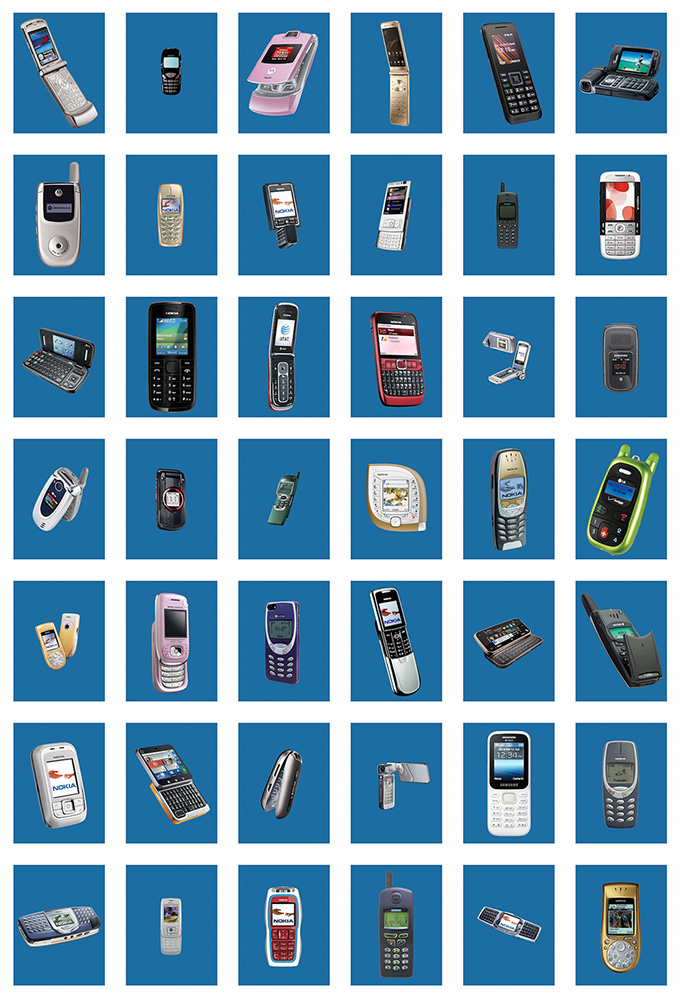
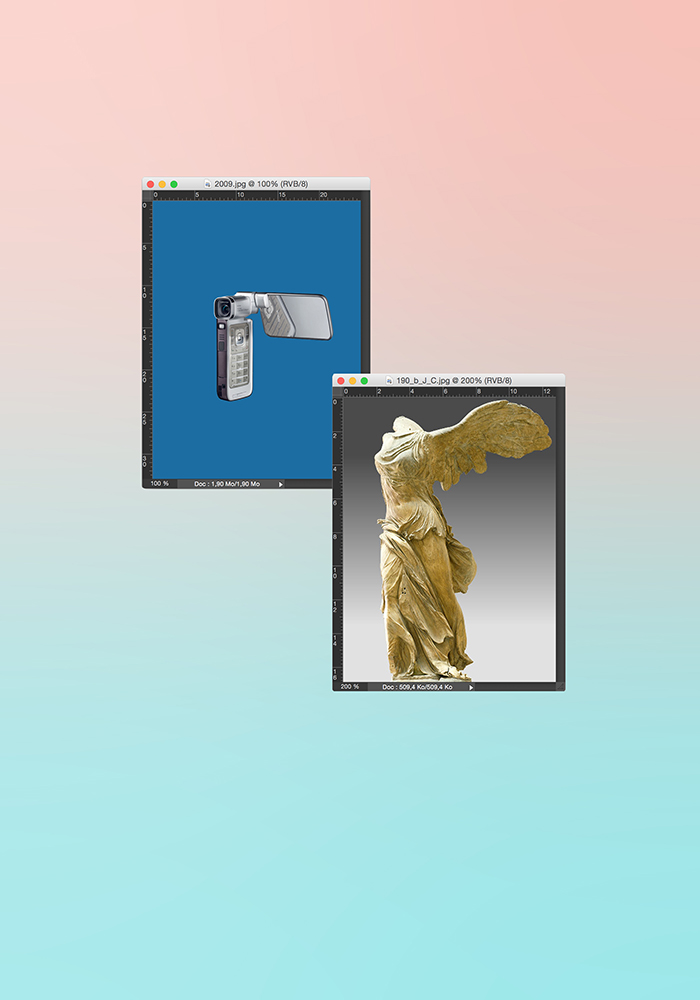
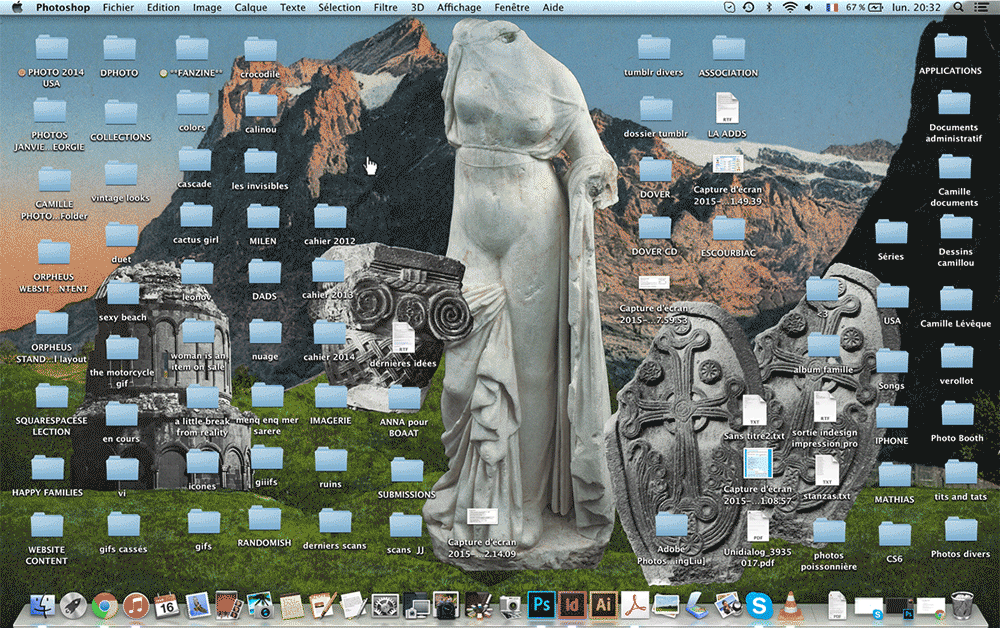
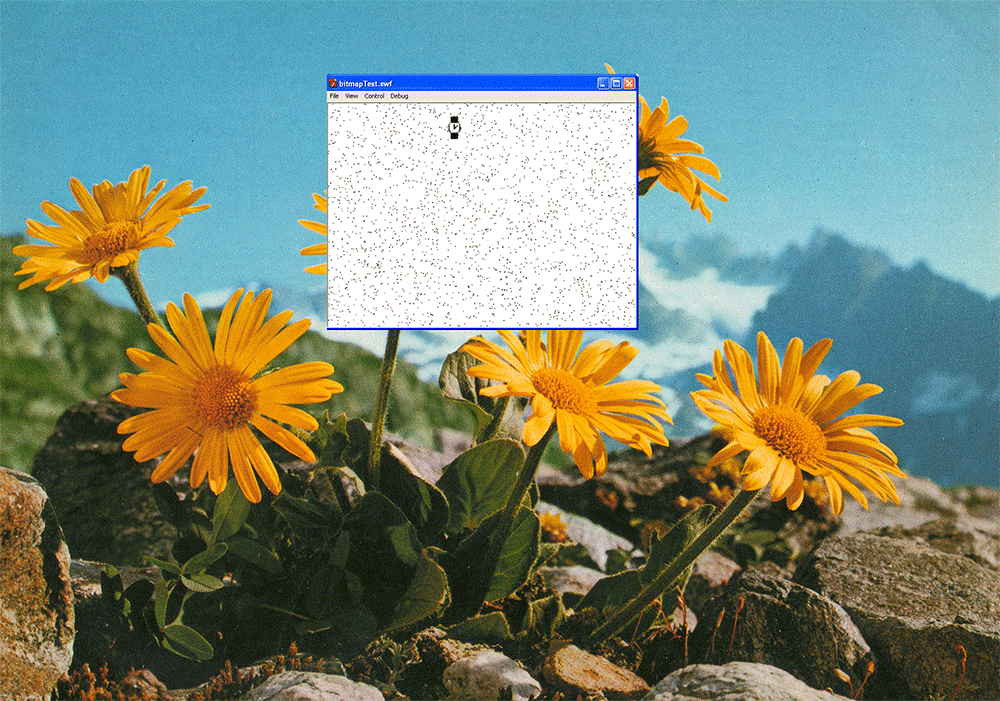
Your works are a combination of personal interest and common icons. The objects you use have a wide range. At the same time, your medium has a wide range from photography to video, from gif to collage. So, all of the projects seem unique to its owner, but at the same time, they have a mutual voice. How does the collective's production process go? How much of your approach is the result of a collective decision and how much of it based on personal decisions?
It really depends on the project. Most projects are really individual but some are built up after group conversations or the help of another member for a translation, or editing, etc…
The works do answer each other because we mainly have the same taste and care about the same issues, so topics will complement each other and sometimes the narratives will too.
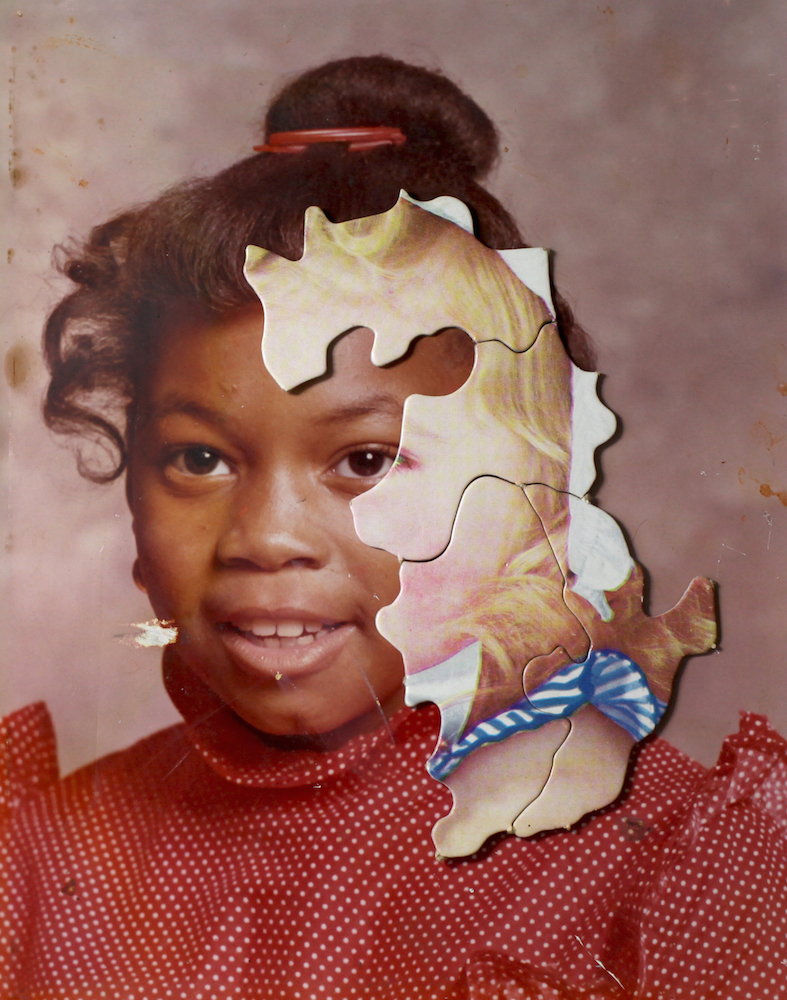
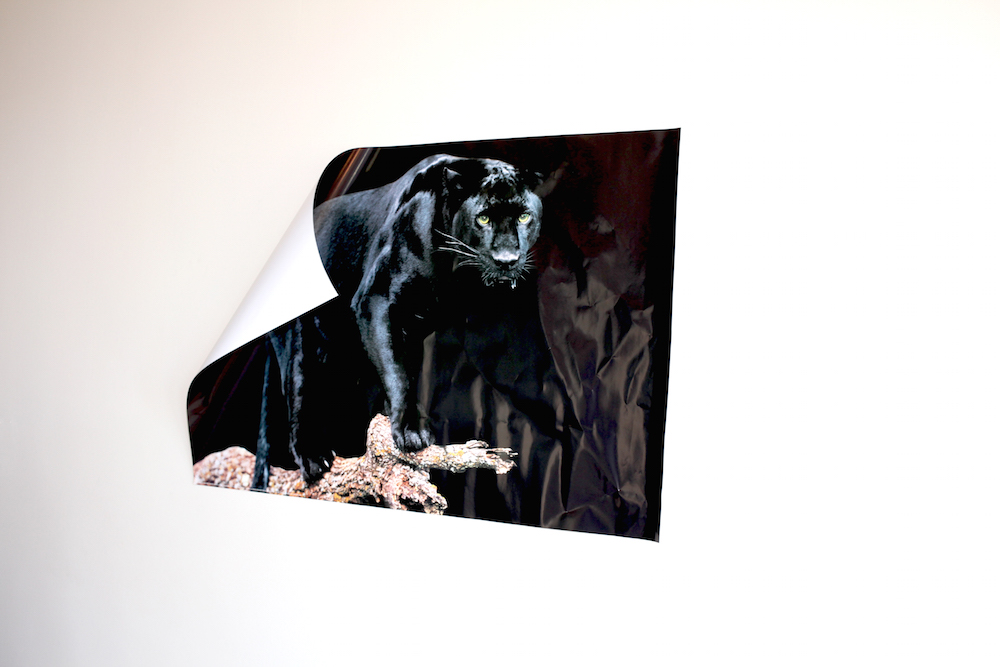
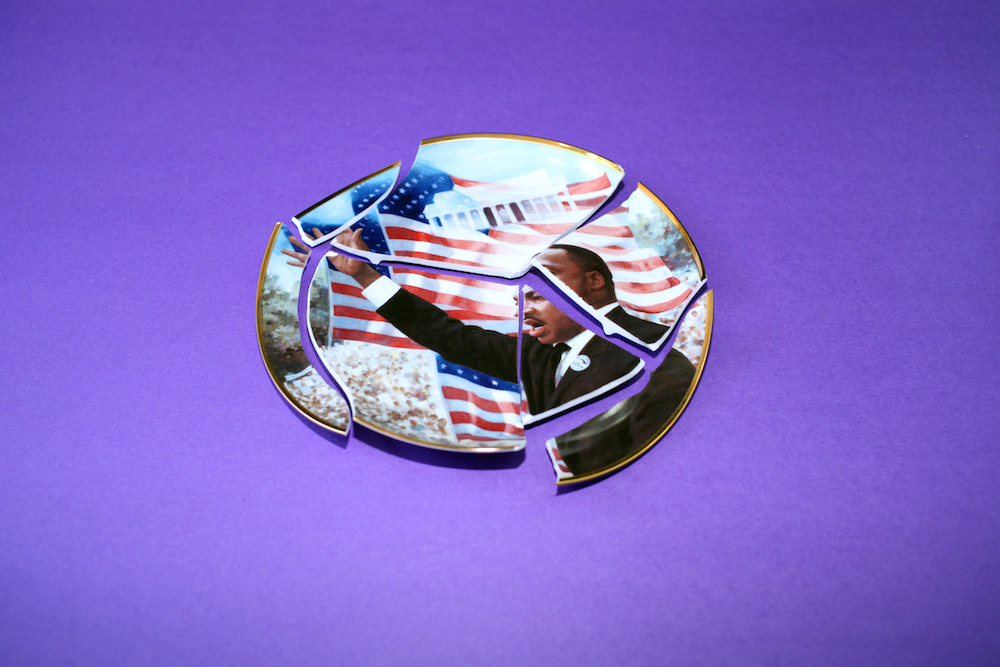
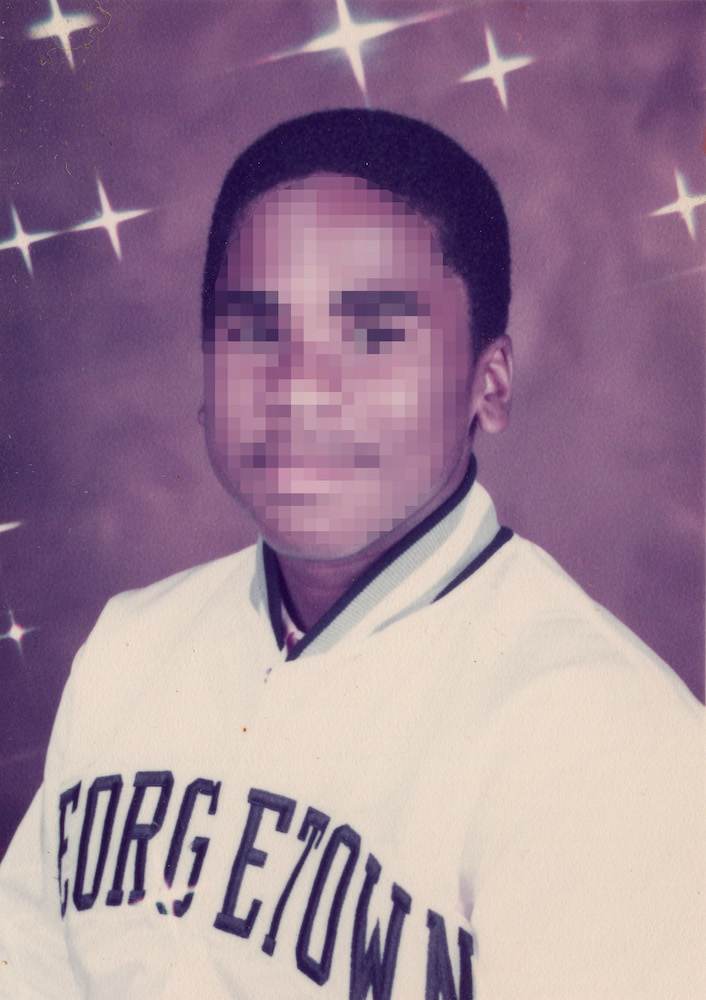
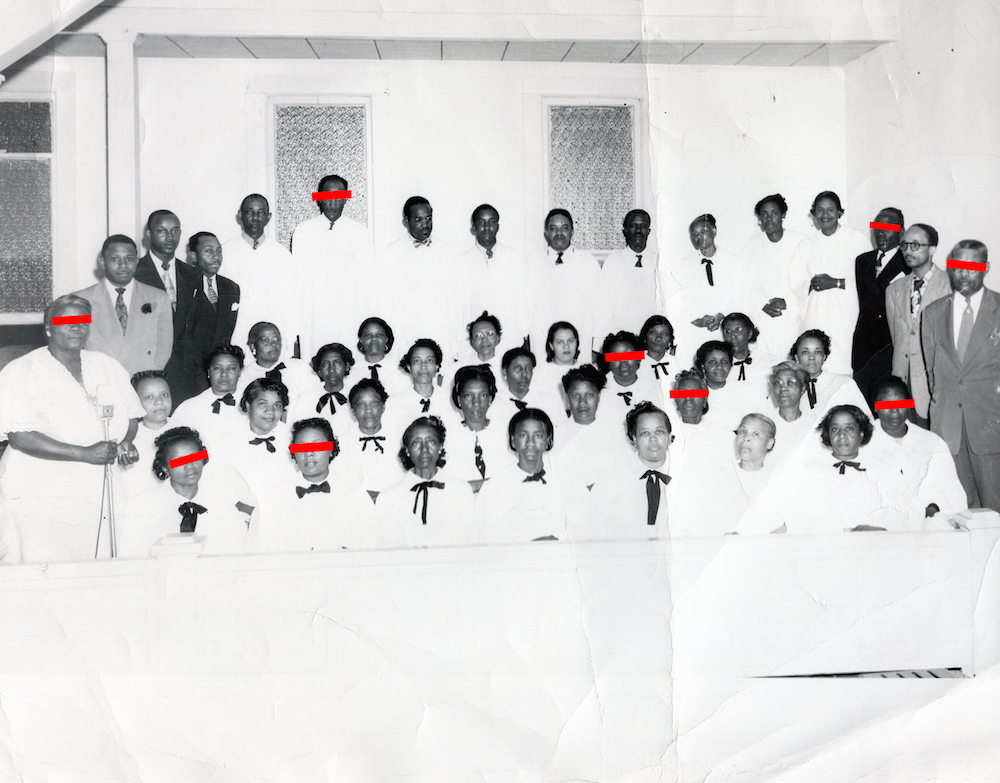
How does the physical process of your production work? Did the internet-based production affect physical production somehow?
Not at all no. All the work are meant to exist in 3D real-life displays so even though the presentation is very different online, it is its own thing, separated from an eventual offline show. The challenge is also to transform material that is made for an online purpose (like a gif) into a living object out of a screen, so for instance, a flipbook.
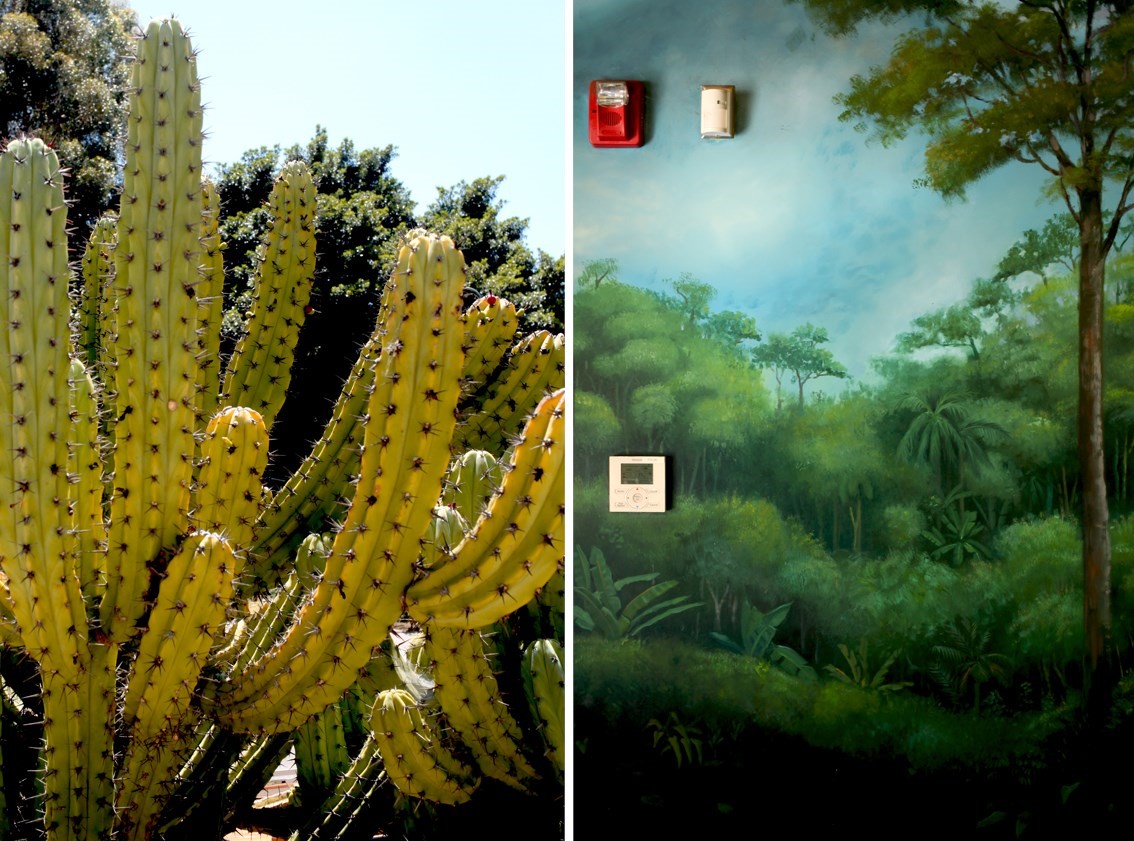
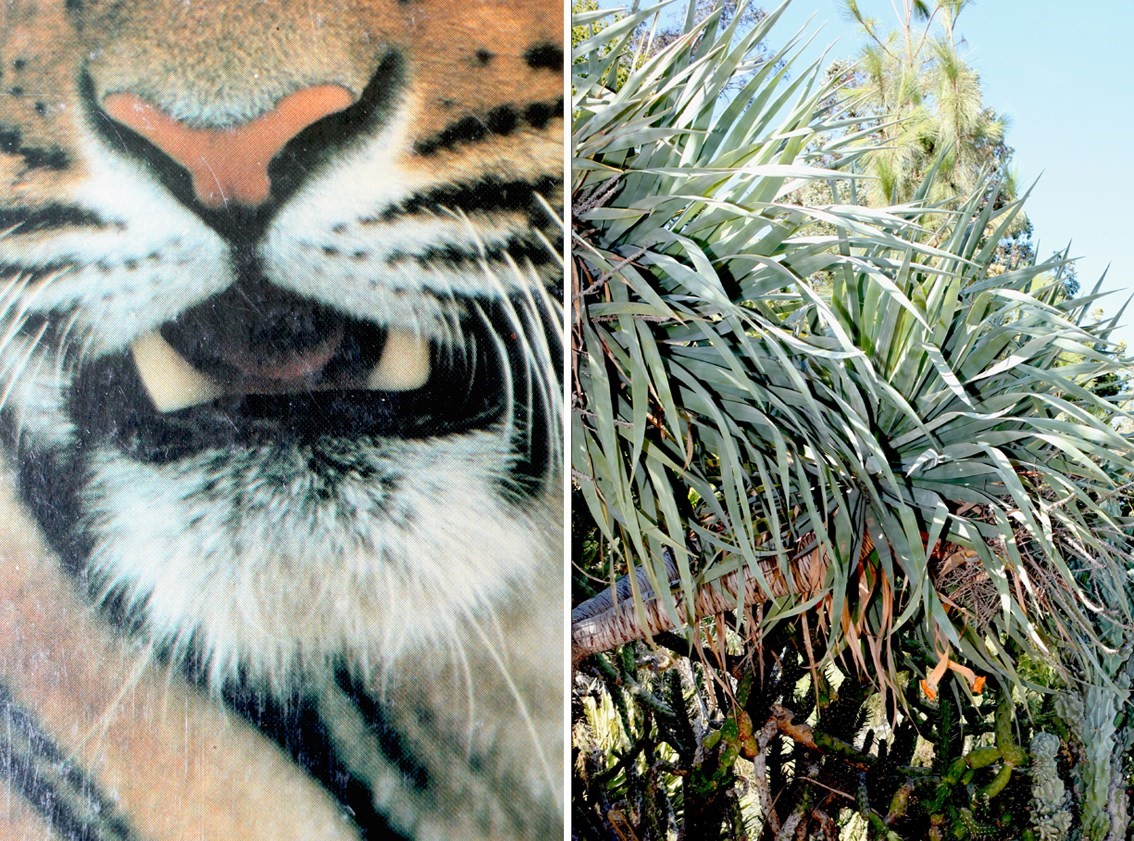
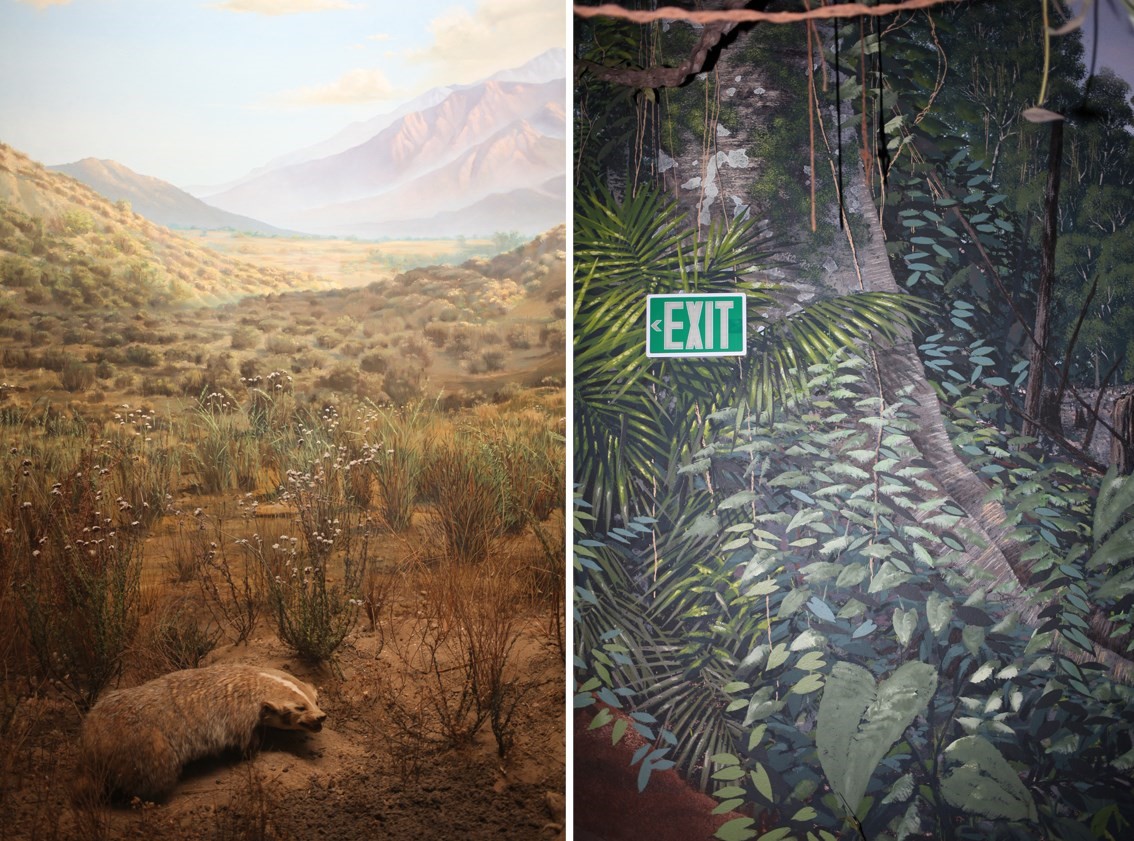
We can see the lo-fi, kitsch, digital art of the early 2000s is becoming a trend these days. In fact, although lo-fi is originally a music term, its favourite medium has changed these days. Where do you put yourself in this old/new way of expression as an artist and as a generation who was born in the late '80s-early '90s?
Everything is a matter of generation and what we're witnessing I think is a sort of nostalgia from creatives that are 30ish looking back at their childhood and wanting to involve this imagery that was popular when they were teens. Because back then it was really cool, but also because it is strongly attached to an era that is easily recognizable. These visuals were also the results of really interesting visual encounters, like what we can find in vapour-wave, and this to us is really interesting. It talks about different worlds, but also different times and therefore becomes quite universal.
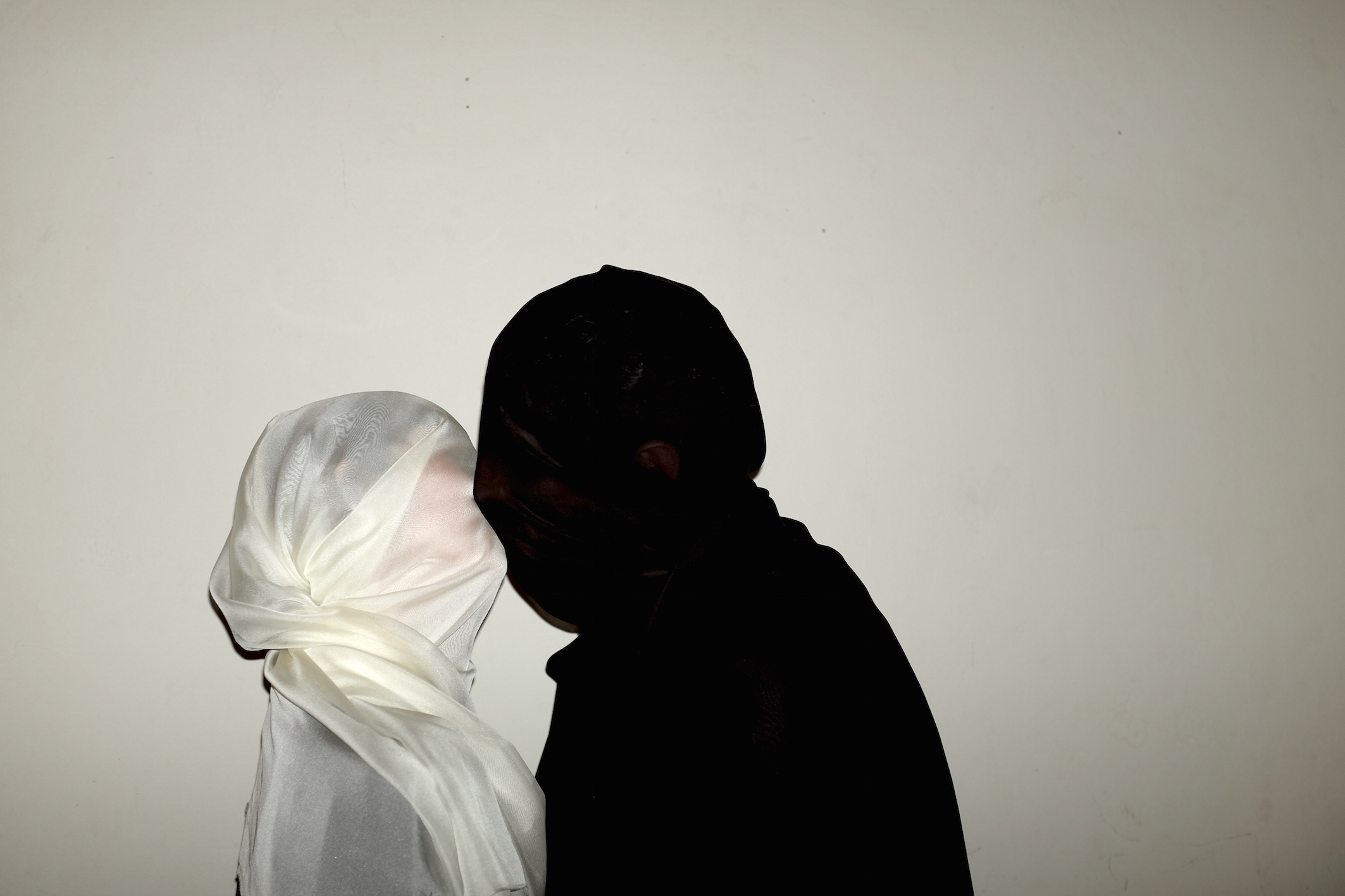
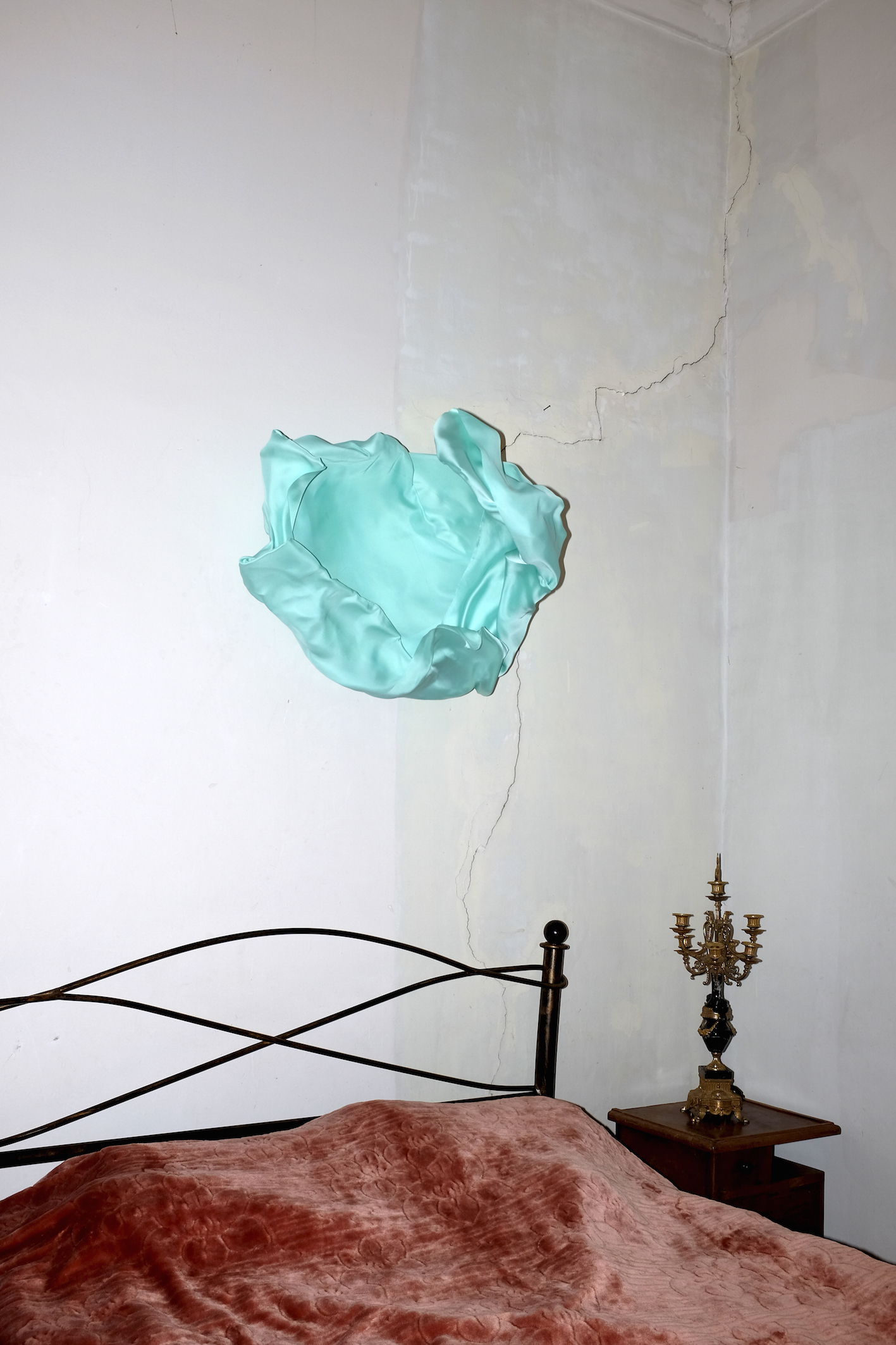
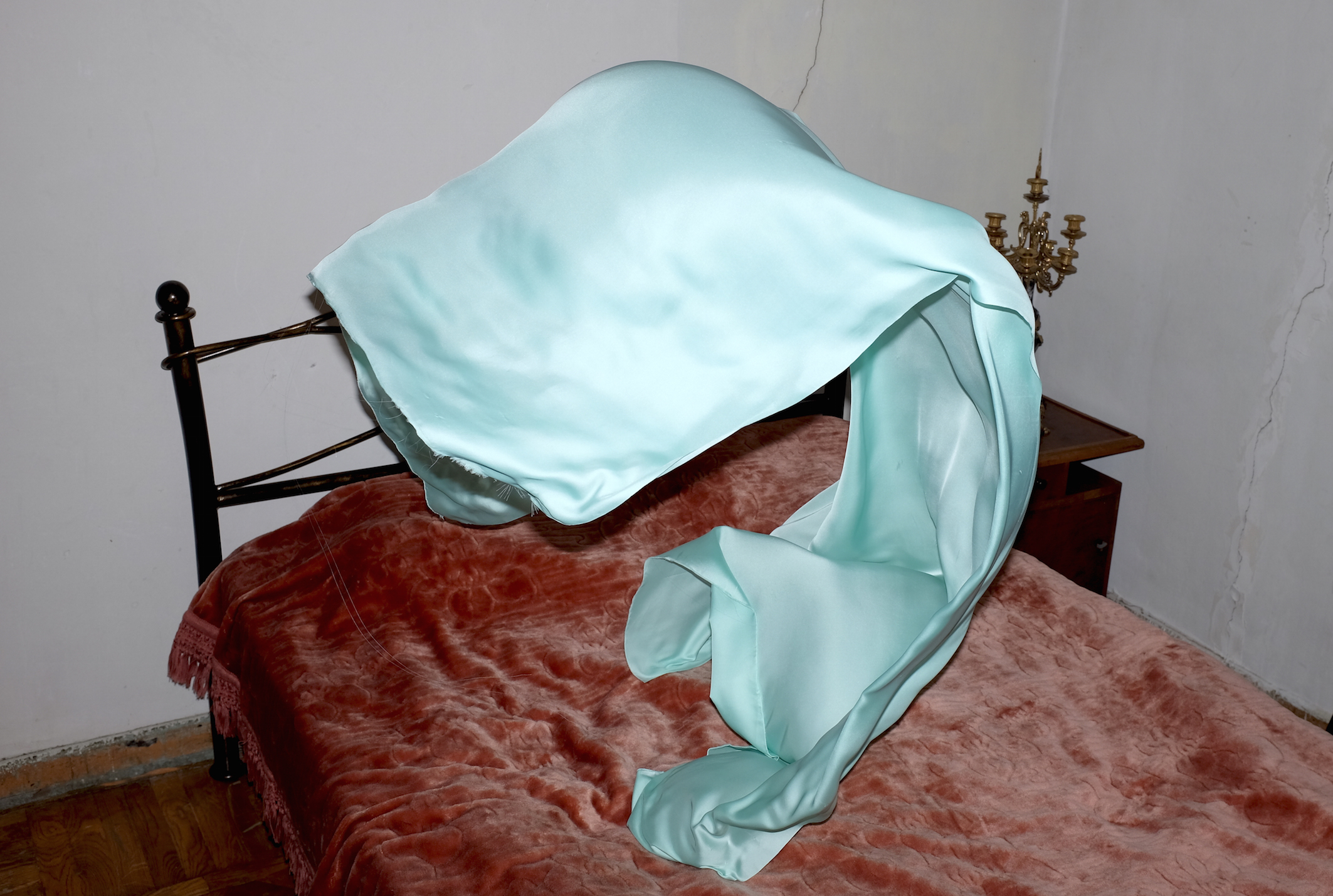
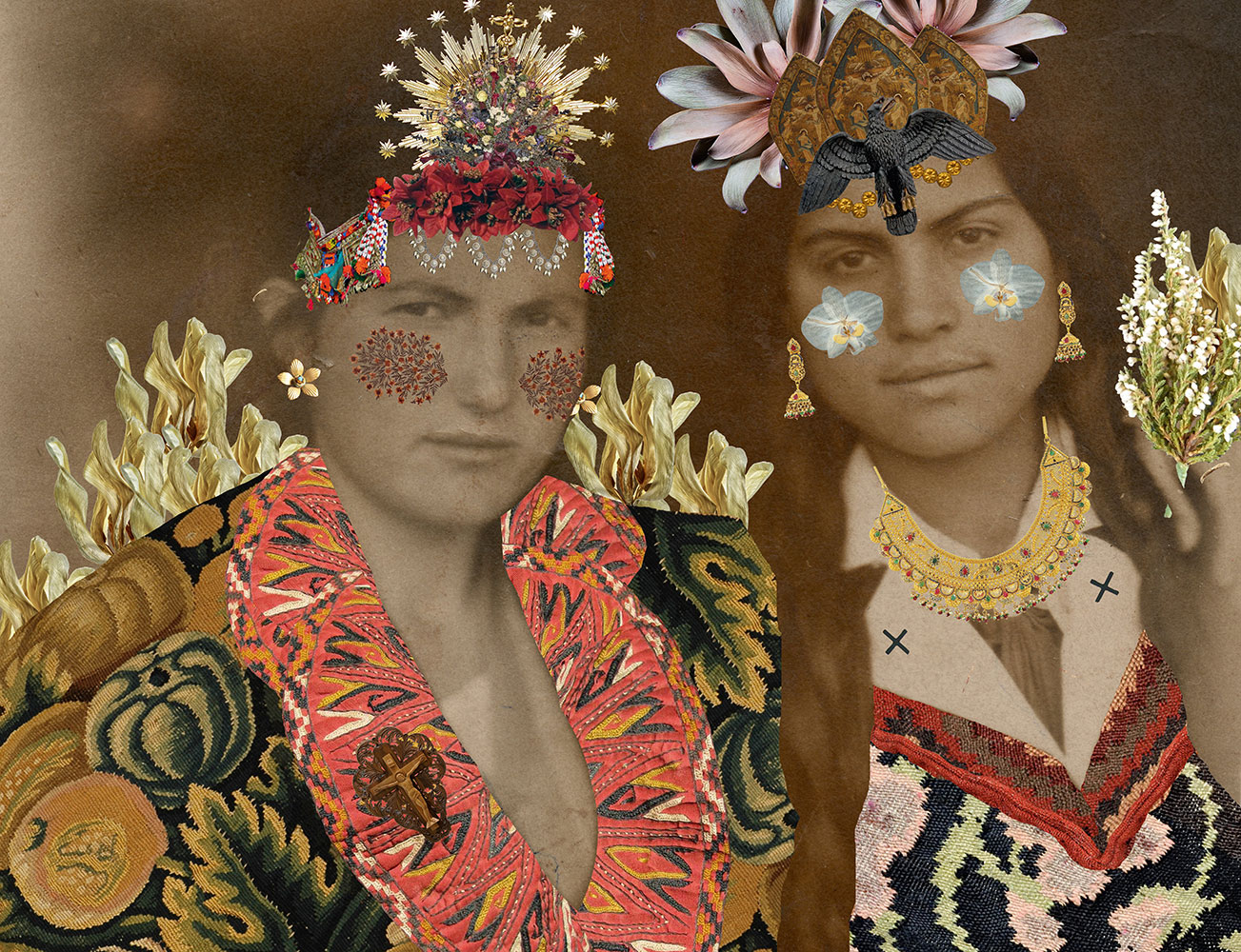
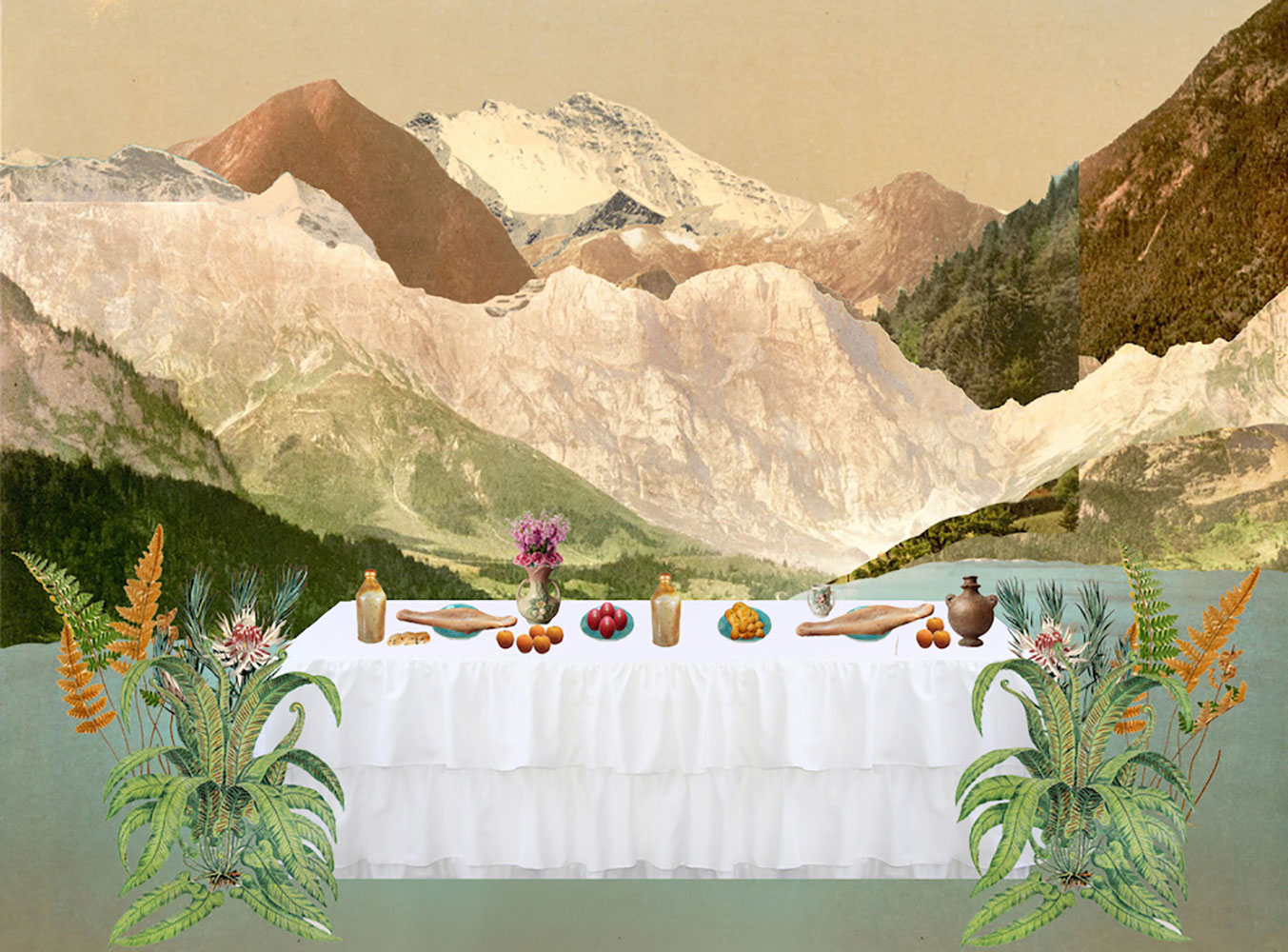
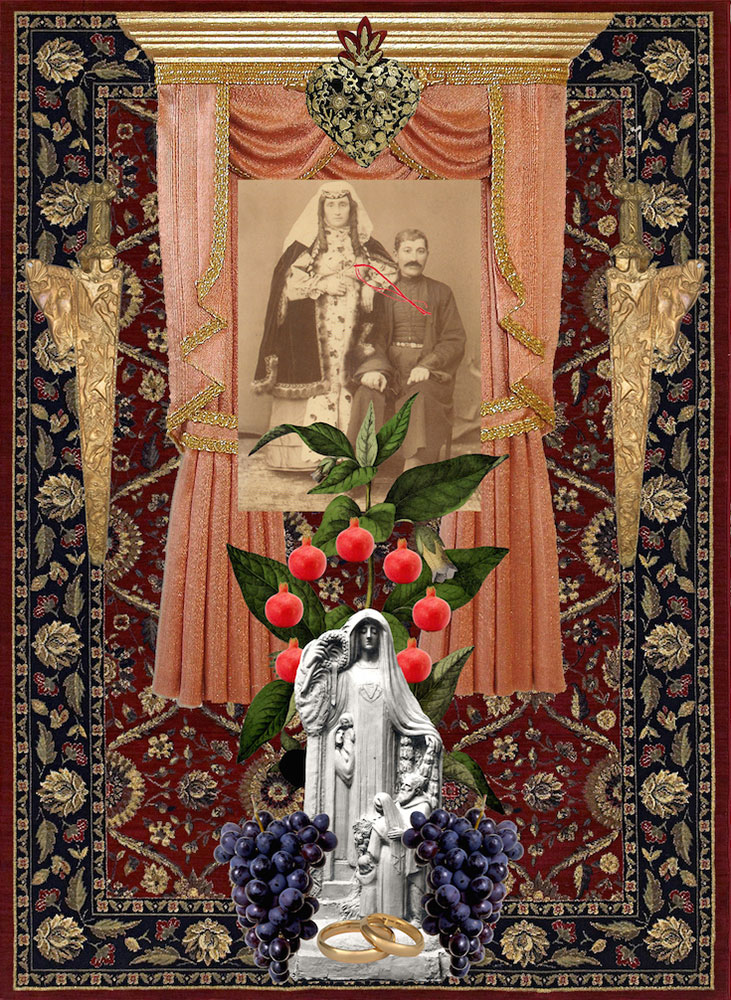
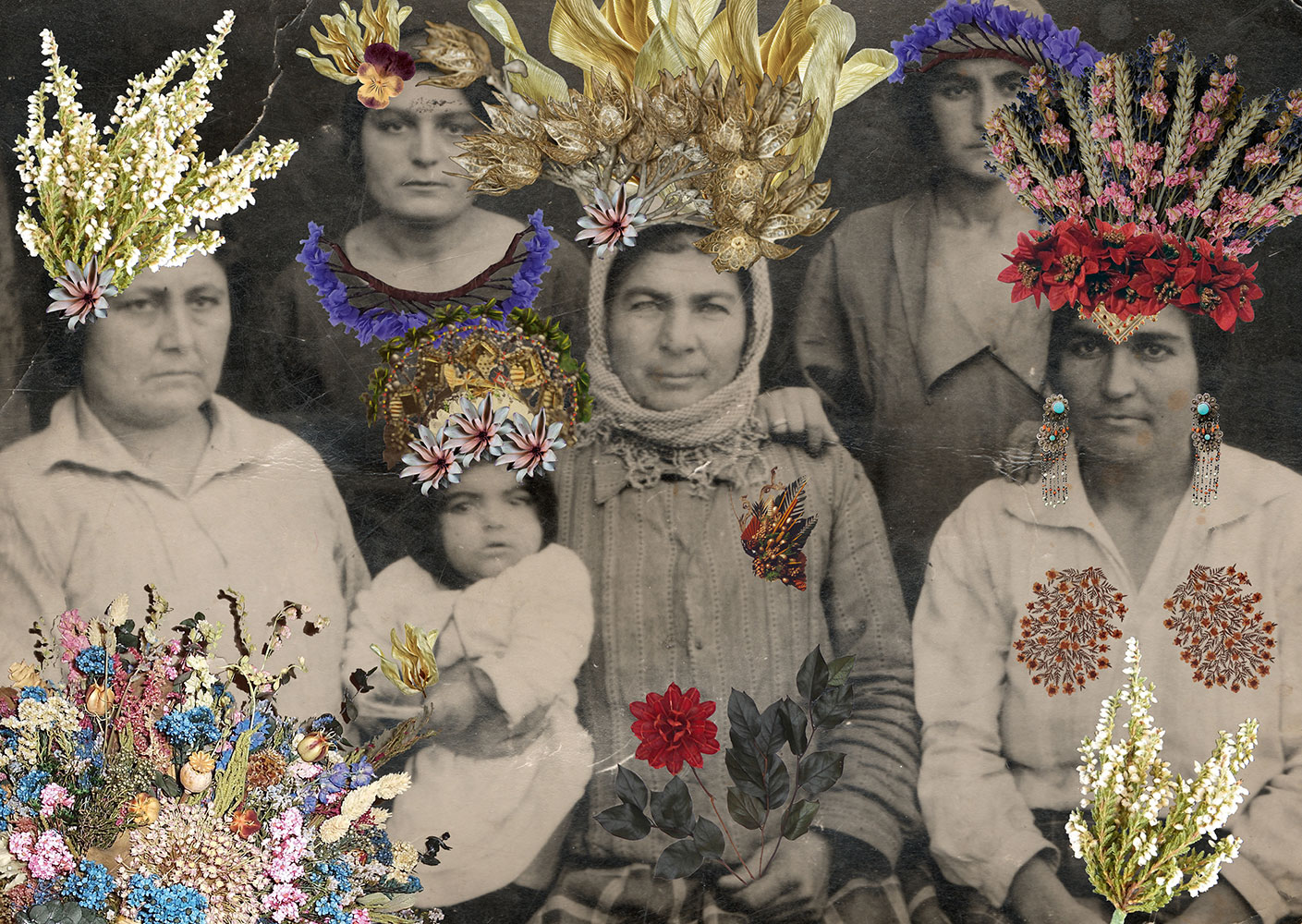
While virtual-visual culture is in a constant transition, how did the live wild collective and projects evolve in the last 5 years (2014- 2019), and any new projects coming soon?
The way we approach our topics have matured of course and there is even more time devoted to research and learning of new techniques such as video montage, braille embossing, or sewing techniques for fabric prints. We have new projects coming, and a few books as well. Also, though we are keeping individual practices there are more collective projects planned for the future.
The early 1970s, the transitional period to postmodernism, was also the period in which the many art forms we still see in our time were first experimented. It was also the period in which "artists called themselves artworkers"* Do you think we can call this enterpreneurism or what is your position? (*A quote from the exhibition ‘The Village Project İstanbul', Depo İstanbul, November 2018 – January 2019)
What I think is happening is that there is a transition happening in the art world in general. The system is far from being sustainable, for artists at least. So they are approaching their practice differently. In that sense, it can resemble entrepreneurship as artists are more in charge of what surrounds their production. There is a rise in artist-run initiatives which clearly shows a will to take things in charge and have a more sustainable practice.
